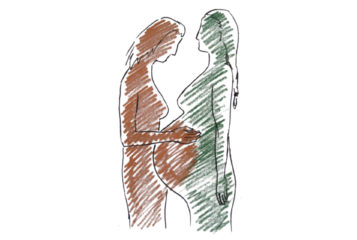European fertility clinics are being encouraged to collaborate and ensure fertility patients receive safe and fair access to treatment abroad, according to guidelines approved this month by the European Society of Human Reproduction and Embryology (ESHRE).
The ESHRE code of practice generally supports cross border care as a means to provide people with fertility problems more options for treatment. But it says clinicians must share information to maintain recommended safety and ethical standards.
Among the recommendations, the guidance emphasises transparency and open communication between foreign and home clinicians in order to ensure complete medical record information is made available for long-term follow up of treatment. Collaboration may also save expense through avoiding unnecessary or repetitive tests.
The code of practice also addresses the issue of multiple births, which carries health risks to mother and child. It recognises how some people who travel abroad for treatment may be reluctant to accept single embryo transfer for fear of incurring additional expenses of further treatment and travel.
In an effort to reduce multiple births, the guidelines recommend single embryo transfer for surrogacy arrangements but stopped short of extending the principle to non-surrogate fertility treatments. It felt women may choose to assume the risk of transferring up to two embryos pregnancies themselves but that the risks were not acceptable for surrogates.
The guidance also encourages fertility clinics to adopt policies to prioritise home needs over foreign demand for certain reproductive services that face scarce resources, such as those requiring donated eggs. The code of practice recommends home clinics should meet resident fertility patient needs first before turning to international care.
The varying reproductive laws and clinical standards among European countries raise particular concerns for patients seeking fertility treatment abroad. The Progress Educational Trust dedicated its 2010 annual conference in November to cross border fertility care at which was discussed ESHRE findings, recommendations and future investigations.
ESHRE will publish the guidelines on its website this week or early in the New Year.






Leave a Reply
You must be logged in to post a comment.